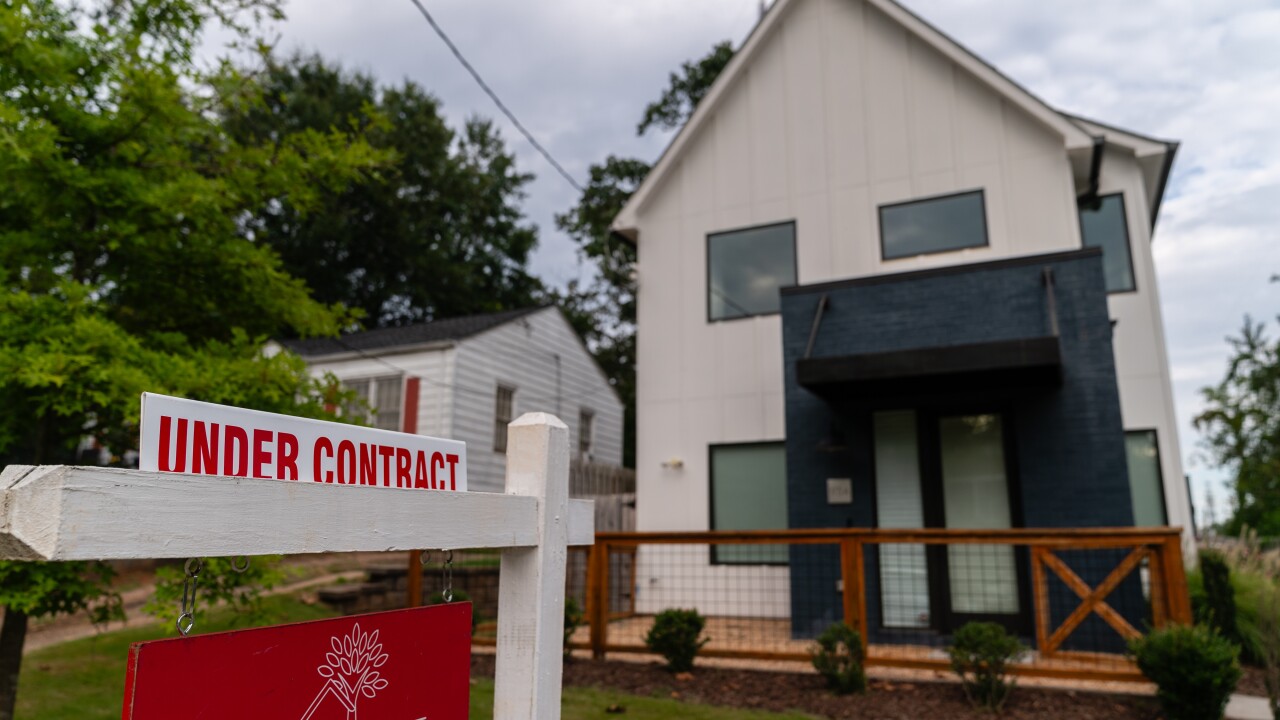WE’RE HEARING there’s yet another industry acronym in the works. And this one may make you want to vomit.
We work in an industry filled with acronyms. You can't start a mortgage application without running into a dozen of them (I “pity” the borrower who does not know what PITI is…) and now it looks as if we have another odd acronym, OPUC. How do you say it? O-Puke?
This one came about after an exhaustive Fed study regarding mortgage margins.
The New York Federal Reserve put out a
This spread has increased substantially in the past five years, from about 50 basis points to over 100 basis points in 2012, and was actually over 125 basis points in 4Q.
What does this mean? Does the spread mean that costs are too high, or that there is a higher-than-normal profit margin for origination firms? Why the high spread, and what is the explanation?
In an effort to “name” this measurement, the Fed coined a new term—OPUC—or “Originator Profit and Unmeasured Costs.”
This is an odd acronym, but perhaps appropriate that it can be phrased “Oh-Puke” because it does represent a regurgitation of a lot of ingredients that go into the process of originating a mortgage.
Many in the industry are getting drunk on the high earnings in this low rate environment while they are also getting sick about the higher origination costs. It’s no wonder that the result—which they cannot stomach—is referred to as Puke.
At Stratmor Group, we pride ourselves on trying to make sense of the “numbers” in our business. In fact, we even have insights into the “unmeasured costs” that the Fed referenced in their report. We have observed some meaningful trends over the past couple years that may be part of the “puke” observed in the Fed’s study.
Retail sales and fulfillment costs are higher than at any point in the past 15 years. In fact, fulfillment costs alone are up over 33% since 2008, increasing roughly $400 per loan. This is despite the fact that we have experienced a strong
Also, let’s not forget that roughly 95% of loan today’s originations are plain vanilla agency or government loans. Exotic, costly to originate loans are typically not available. The increased costs are borne by fulfillment productivity levels which are at all-time lows.
In fact, loans per FTE have declined by approximately 33% in the past five years. So, we have some excellent measures of these “unmeasured” costs, and have observed that they are definitely getting higher.
Major drivers of this increased cost to originate are increased regulation and scrutiny by investors, and the absence of system and process enhancements to manage the workload. Absent a commitment to process redesign and system enhancement, lenders throw bodies at the process—“checkers checking checkers.”
While these cost increases are significant, the other driver of the OPUC calculation is “Originator Profit” and that is heavily impacted by the supply and demand dynamics of the market.
Lenders are managing capacity through price, especially the major lenders who have major demand for refinancing from existing customers. The
However, in certain segments of the market these margins are far more compressed. For example, purchase loans have heavy competition, as do lower LTV and high quality refinance transactions.
No one can be sure what will happen to OPUC in the future. But with refinance volume expected to be lower in the future (not sure when, but someday rates have to go up…), then margin compression will certainly follow.
So, participants in the industry need to become more efficient and reduce those “unmeasured costs” in order to maintain competitiveness or even survive in a tighter margin environment.
If not, puke will not be an acronym but rather an appropriate reaction to a tougher market climate.
Garth Graham is a partner with STRATMOR Group, and has over 25 years of mortgage experience, from Fortune 500 companies to successful startups, including management of two of the most successful mortgage e-commerce platforms. He is a former senior vice president of ABN Amro and Citi Mortgage.





